What constitutes a dangerous airport? It depends. Physical and environmental factors like short runways, high altitudes or unpredictable weather weigh heavily. So do approach and departure paths close to densely populated areas. There are otherwise-safe airports that are smack in the middle of conflict zones. And some airports are just scary as hell to fly into or out of. Here, in no implied order, are ten of the most dangerous.
Gibraltar International
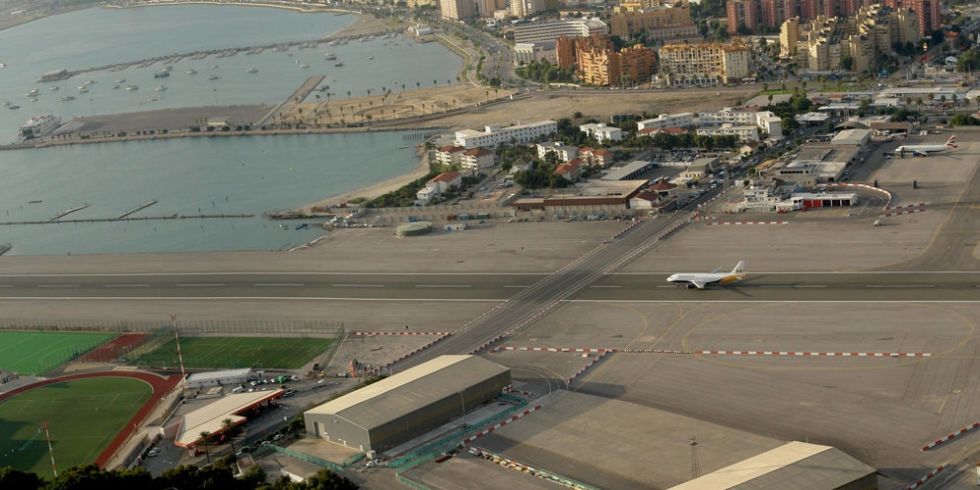
Sponsored Links
WIKIMEDIA COMMONS / MICHAEL F. MEHNERT
Gibraltar is a crossroads of history, and that theme carries through to its airport, where more than 415,000 passengers flew in 2014. Planes using Gibraltar's sole 5500-foot runway (09/27) must cross the street—Winston Churchill Avenue, to be precise, the main road heading toward the land border with Spain. Winston Churchill intersects the runway and consequently has to be closed every time a plane lands or departs. The stop signal at the intersection of 09/27 and Winston Churchill Ave is one you definitely don't want to disregard.
Toncontin Airport, Honduras
If you dig mountain scenery, then that might help you feel a little less queasy about flying in or out of Toncontin Airport in Tegucigalpa, Honduras. Aircraft have to skirt around the mountains of the interior highlands to land in a valley 3,294 feet above sea level. On approach, airliners as big as Boeing 757s make a 45-degree bank to effectively reach the 7000-foot runway with well above average rates of descent. Winds require pilots to compensate while hustling their aircraft in a zig-zag path over the terrain. Departures require high rates of climb to clear the nearby peaks.
Juancho E. Yrausquin Airport, Saba Island
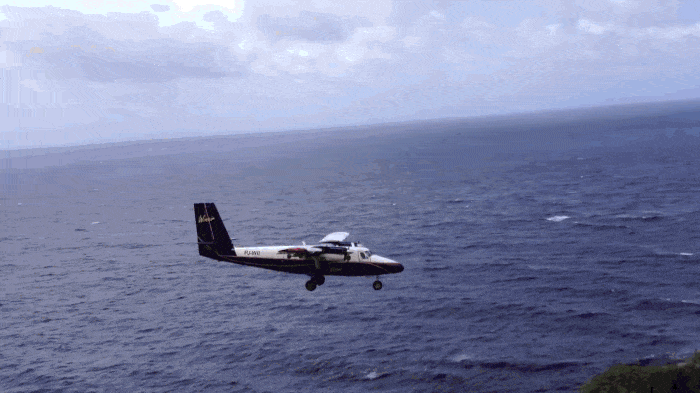
Sitting on beautiful, remote Saba Island about 28 miles south of St. Maarten in the Caribbean, Juancho E. Yrausquin has the world's shortest commercial airport runway at 1300 feet in total length, about a quarter mile. The whole island is about 5 miles square, and is mostly vertical volcanic terrain except for a triangle of turf jutting out into the Caribbean where planes try to land. The runway is flanked by a mountain slope on one side and the water on the other. Past the runway are sheer cliffs that drop into the sea. Hey, at least the weather's nice.
McMurdo Air Station, Antarctica
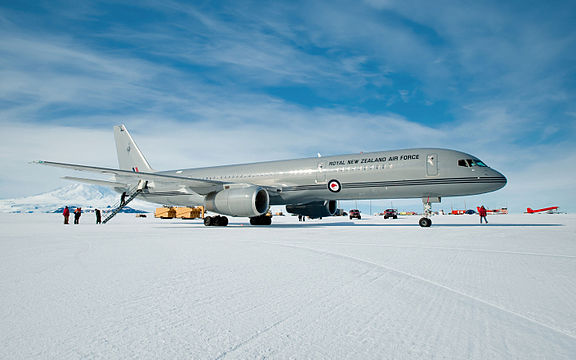
Unless you're a dog-sledding devotee, you may not like flying into McMurdo Station on Antarctica. The good news is that the runways are long. The bad news is that they are made of ice, and that the weather is very variable.
Sponsored Links
Located on the shore of McMurdo Sound, the U.S. Antarctic Station enjoys 12 months of below-freezing average temperatures and is served by three runways. Pegasus Field is a 10,000-foot blue ice airstrip reassuringly named after Pegasus, a Lockheed C-121 Constellation transport that crashed here in bad weather in October 1970. You can still see it sitting in the snow. Fly into McMurdo at the right time of year and your pilots will land using night vision goggles because it will be dark all day.
Narsarsuaq Aiport, Greenland
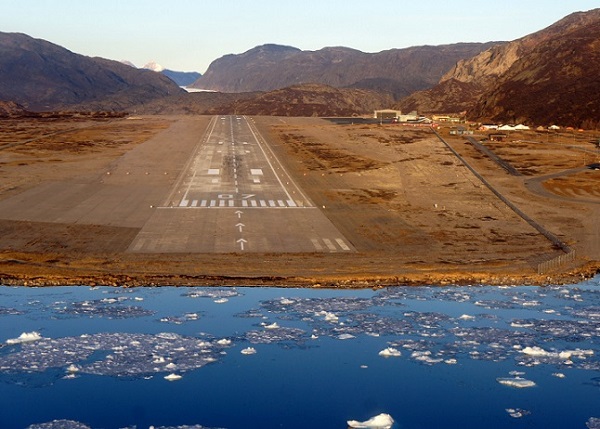
Marine Corps Air Station Funtenma, Okinawa, Japan is called "the most dangerous air station in the world" by the Navy and Marine Corps. The Corps operates the 1st Marine Aircraft Wing with tactical aircraft including F/A-18 Hornets and V-22 Osprey from Futenma. Because of Okinawa's strategic importance, they fly in all kinds of weather, passing over 16 schools, hospitals, and city offices in the immediate area, plus 3,000 people living in what should be the "clear zone" around the base. MCAS Futenma is slated to close soon, but there's a fight over where to build its replacement on Okinawa.
Gibraltar International Airport, Gibraltar
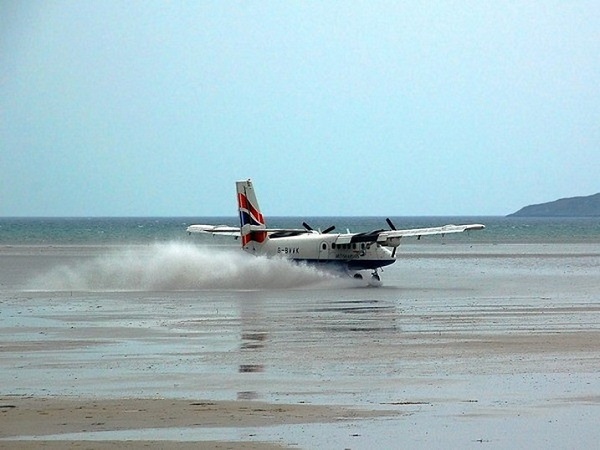
Barra International Airport is the only airport on the planet where scheduled flights use a beach as the runway.
Paro Airport, Bhutan
There are only 25 pilots qualified to land at Paro Airport in Bhutan. Nestled in the Himalayan Mountains, Paro sits 7,300 feet above sea level, surrounded by peaks as high as 18,000 feet, right on the banks of the river Paro Chu. The terrain is so unforgiving and the weather so severe that flights are allowed only under visual meteorological conditions and are restricted to daylight hours. Watch this video showing an Airbus A319 S-turning through a ravine right to the runway, then rolling out hard on the brakes and thrust reversers.
Madeira Airport
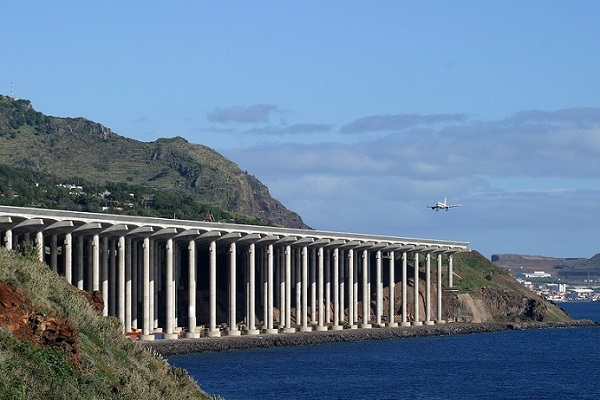
You may want a tall glass of Madeira wine before flying into Madeira Airport on this Portuguese archipelago. The airport's short runway, sandwiched between a rocky cliffside and a steep drop to the ocean, was known for its variable winds. In 2000 it was extended, almost doubling in size to 9,124 feet. That might make you feel better about traveling here... until you realize that much of the extension is built on a platform partly over the ocean, supported by 180 columns (each about 230 feet tall). Drift too far on a rainy, windy day and the airplane could go over the side.
Princess Juliana Airport, St Martin

Sponsored Links
This one pretty much speaks for itself. Wow.
Princess Juliana Airport is perhaps the most famous on the list, most notable for the public beach situated just before the runway. This placement often results in large and loud gusts of wind and sand to those enjoying the crystal blue water. For the pilots, hitting visitors is the least of their worries. The runway is only 2,179 meters long, which is very short considering the large aircraft that land here require more than 2,500 meters to ensure a safe landing. Princess Juliana was initially built for smaller planes, but the booming tourist industry has brought A340s and 747s into the regular traffic rotation.


